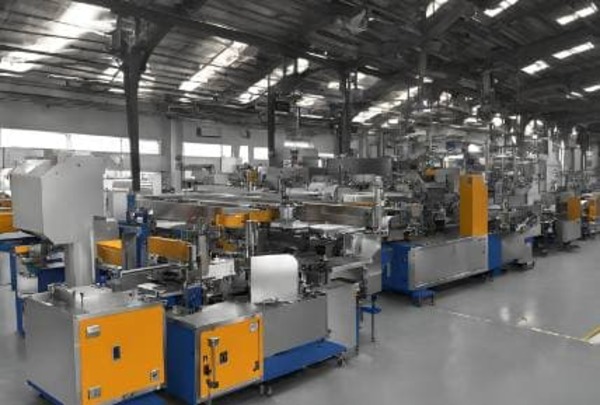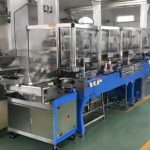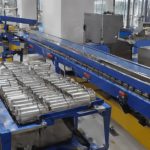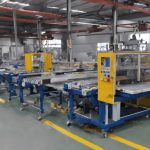
The Manufacturing Process of Aluminium Food Trays
Aluminium food trays have become an essential part of our daily lives, especially in the food industry. These trays are known for their durability, lightweight nature, and excellent heat conductivity. But have you ever wondered how these aluminium food trays are made? In this article, we will delve into the intricate process of manufacturing aluminium food trays and explore the role of advanced machinery like the air cushion packaging machine in ensuring their quality and safety.
Raw Material Preparation
Extraction and Refining of Aluminium
The journey of an aluminium food tray begins with the extraction of aluminium from bauxite ore. This process involves mining the ore, crushing it, and then refining it to produce alumina. The alumina is then subjected to an electrolytic process to obtain pure aluminium. This raw aluminium is the primary material used in the production of aluminium food trays.
Forming Aluminium Sheets
Once the aluminium is extracted and refined, it is transformed into thin sheets. These sheets are created through a process called rolling, where the aluminium is passed through a series of rollers to achieve the desired thickness. The resulting aluminium sheets are then cut into appropriate sizes, ready for the next stage of manufacturing.
Shaping and Molding
Stamping Process
The aluminium sheets are then fed into stamping machines, which play a crucial role in shaping the trays. These machines use high pressure to stamp the aluminium sheets into the desired tray shapes. The stamping process ensures that the trays have uniform dimensions and smooth edges, making them safe for handling and use.
Trimming and Finishing
After the trays are stamped, they undergo a trimming process to remove any excess material and achieve the final shape. This step is essential to ensure that the trays fit perfectly into their designated packaging. Additionally, the trays may undergo a finishing process to enhance their appearance and remove any sharp edges.
Quality Control and Packaging
Inspection and Testing
Quality control is a critical aspect of the manufacturing process. Each aluminium food tray is carefully inspected for defects, such as cracks, dents, or irregularities. Advanced machinery, including the air cushion packaging machine, is often used to ensure that the trays meet stringent quality standards. The air cushion packaging machine helps protect the trays from damage during transportation and storage, ensuring that they reach consumers in perfect condition.
Packaging and Distribution
Once the trays pass the quality control checks, they are ready for packaging. The air cushion packaging machine plays a vital role in this stage by providing a protective layer of air cushions around the trays. This innovative packaging method not only prevents damage but also reduces the environmental impact by minimizing the use of traditional packaging materials. The trays are then packed into boxes and prepared for distribution to various retailers and food service providers.
Conclusion
The manufacturing process of aluminium food trays is a fascinating journey that involves several stages, from raw material extraction to quality control and packaging. Advanced machinery, such as the air cushion packaging machine, plays a crucial role in ensuring the quality and safety of these trays. By understanding this process, we can appreciate the effort and technology that goes into producing the aluminium food trays we use every day.





